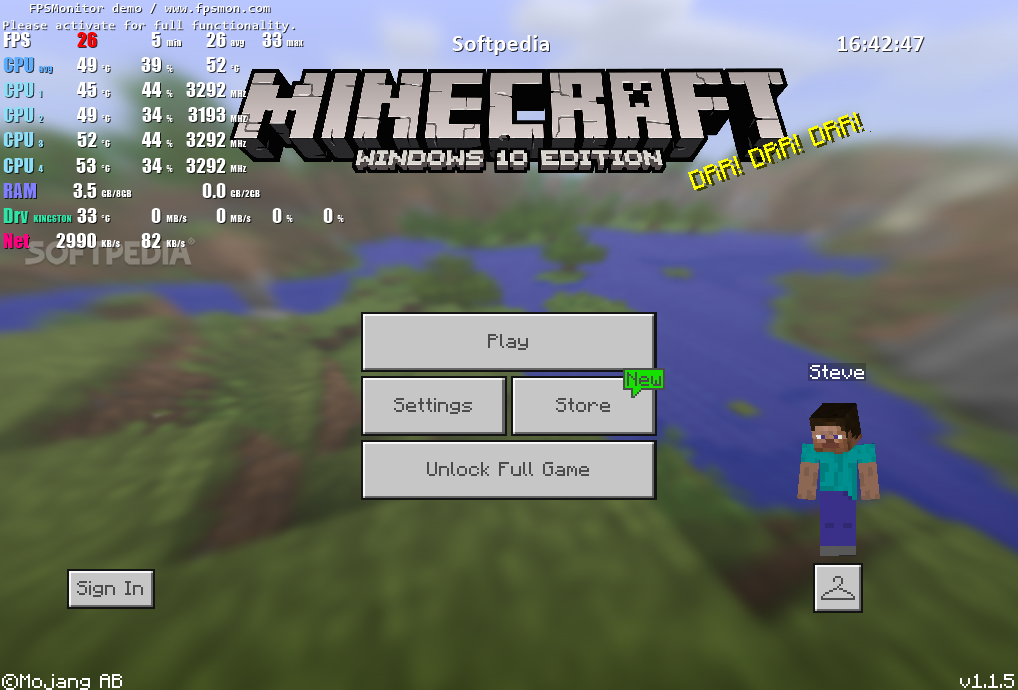

Tabs include a Library collection of scenes and objects, where you can import pre-made scenes and various 3D models and combine them to make your illustrations (that’s how I did the renders shown here). But I found that if you break Terragen 4 down piece by piece and watch some online tutorials, you’ll get going pretty quickly.

The Classic version (0.9, circa-2005) was a little more approachable and I did some decent work with it. It is a revolution.Looking at the screenshot above, it’s easy to become immediately intimidated with Terragen, with its many tabs and sliders, and even nodes! For a long time I wasn’t sure exactly how it worked and what to do with it, since I’m a right-brained creative type and enjoy simple and intuitive interfaces. It makes a lot of difference, doesn't it? And what a forest it is! Here's among my first completed Terragen 2 image.Īnd it is just created by duplicating and varying a single tree ! It took just 15 mins to render in my entry level laptop for 800 X 600 image (highest for the free version).Ĭontrast that to what it would have been to one produced from Classic Terragen, here. So after doing the initial clicking here and there, I aim'ed first to create a forest. And it is supposed to not kill your computer while doing it! In Terragen 2, a forest, or a collection of many things (read thousands and millions) can be made. Textures can be made to simulate grasses as seen from far and trees from very far, but that's about it. So any Classic Terragen images are devoid of life, only sand, sky and water. However, the one thing very clearly missing is the inability to add 3D models to it (eg a tree), and its inability to duplicate them to make forests. Terragen 0.9 (now called Classic Terragen) was already a powerful program, which can create very photo realistic scenery images.


 0 kommentar(er)
0 kommentar(er)
